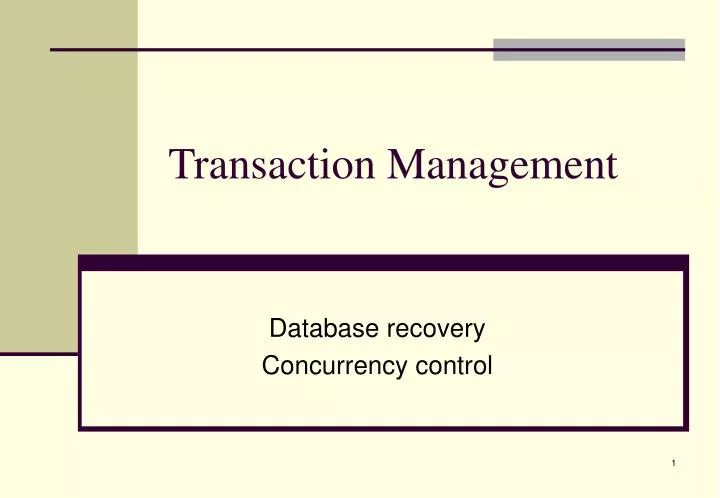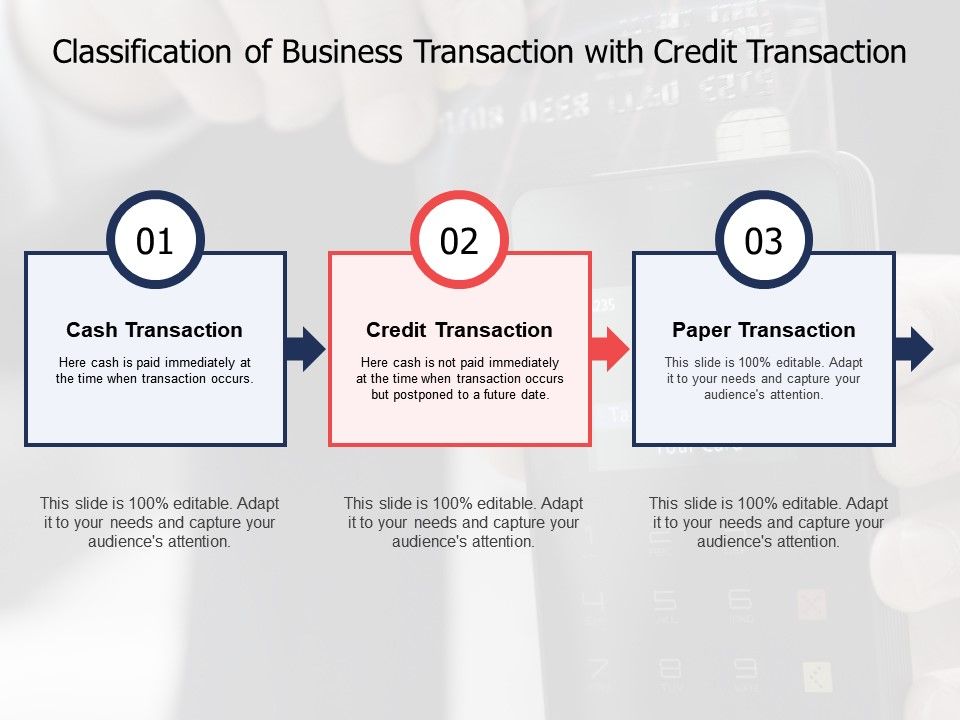
Are they complying with the rules? Is there any possibility they are on the verge of bankruptcy? Also, inform your credit rating agency. With a credit management system, you should also monitor the customer’s progress. Your bank account number and other routing information-if payments will be wired/transferred electronically.The specific dates on which payments must be received.In the event that you enter into an agreement for a late payment schedule, put the terms of the agreement in writing and clearly note the following: Given the costs associated with late payments, also consider adding fees to account for collection and interest costs. This typically asks for payment within two business days and presents a specific date by which the money must be received before legal proceedings will commence. If payment still does not come through, you can then send a warning and eventually a formal written notice. In the event of late payments, call the customer and follow up with a written reminder that you are expecting payment within a reasonable time, such as one week. Not all customers pay their bills within the agreed-upon payment period, so be sure to have an effective credit management policy for late payments.
CREDIT TRANSACTION MANAGEMENT HOW TO
How to Develop a Strategic Credit Management Procedure for Late Payments You can even consider offering your customer a small discount if they pay by the due date. This step can also prevent late payments if your client is not satisfied with the delivery- while there’s still time to rectify the issue. In addition to facilitating the payment process, this step also provides good customer service to make sure everything is OK. This call confirms the products you delivered and that the invoice has been received. If payment has not already been received, calling customers right before or on the due date of an invoice can be handled by the accounting department or the sales department, depending on the relationship with each customer. Also print your terms on the back of the invoice.The nature and quantity of the goods or services.The right company name and address of your customer and the right customer contact person.Your company name, address and telephone number along with a contact name.Here’s a rundown of the basics to include: When collecting accounts receivables, be sure that all key data appears on your invoice so it doesn’t hold up the payment. Credit Management & Accounts Receivable Collections Doing so makes clear that there are greater consequences in the event of late or non-payment.Īlso, verify that the person who signs for each receipt has the proper authority and ask for a company stamp on the receipt. It also may make sense to be up front with your customers and make them aware in your contract and invoicing that you are credit insured. Upon entering into the contract, we also advise asking a lawyer to review the conditions.

As a starting point, you can check with your trade association for the conditions typically used by your industry. This is where you can indicate whether certain conditions apply and that you do not accept any other conditions.

When it comes to contracts, be sure to state in writing the delivery and payment conditions, and also discuss any provisions in the agreement.

Credit Management Begins with Contract Management That said, experts agree that effective credit risk management best practices include optimizing contract management and accounts receivable collections, identifying and analyzing the risk of new clients defaulting on payments and creating a proactive credit risk mitigation plan. That’s why your business needs a credit management plan tailored to its needs, industry and customers. And though medium and large companies are better equipped to absorb a bad debt loss, non-payment events can still destroy their profit and spoil growth plans.īy employing effective credit management procedures, you can help your business bring in the revenue it’s entitled to and ensure long-term business continuity. Solving the challenge is a must: One in five business bankruptcies among small-to-medium enterprises occurs due to customers that default on their invoices. And when conducting business with foreign customers, customer risk management becomes even more complex because it can be difficult to interpret and rely on information used by foreign countries to measure creditworthiness. Many businesses find it challenging to properly evaluate and track the creditworthiness of new customers.

Customers who fail to pay their invoices or drag their feet in paying can directly jeopardize the survival of your business, which is why having a credit management system is important. Late payment and payment default situations happen with alarming frequency – it’s critical to the financial health of your company to minimize them.


 0 kommentar(er)
0 kommentar(er)
